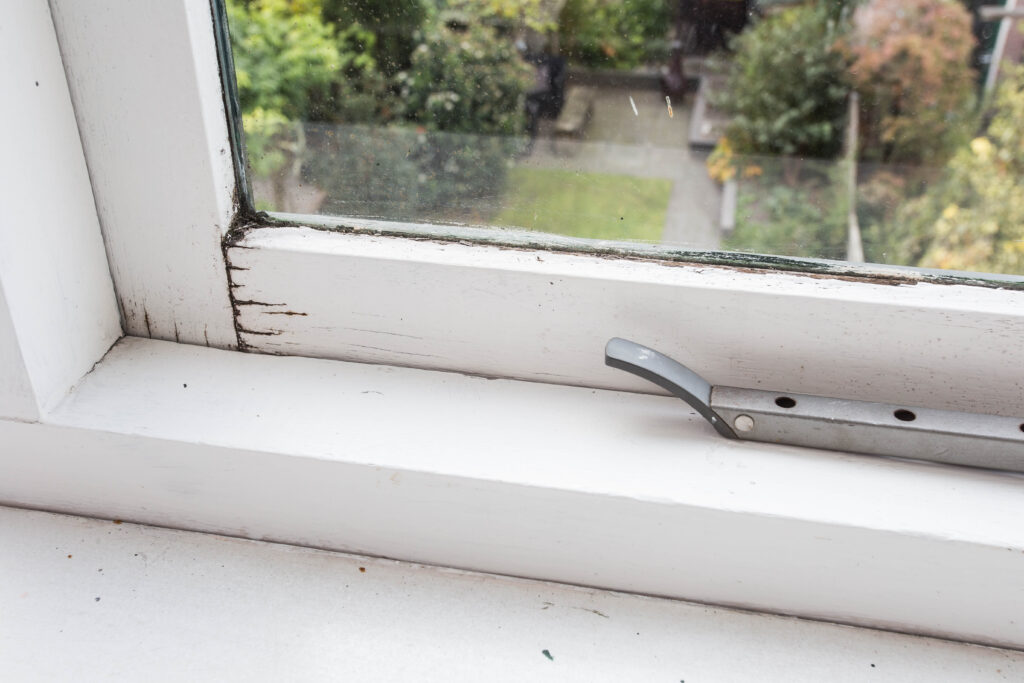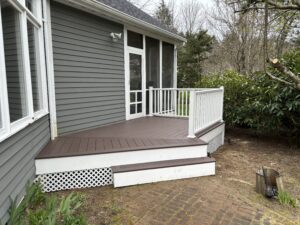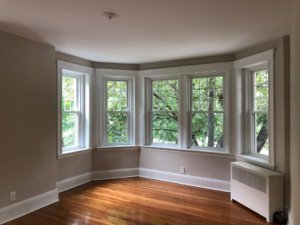Windows, while providing natural light and ventilation, are susceptible to rotting, especially in areas with high moisture levels. Rot typically occurs when water infiltrates the wood, leading to decay and structural instability. Factors such as inadequate sealing, poor drainage, and prolonged exposure to moisture contribute to the accelerated deterioration of window frames and sills. This blog will go into greater detail regarding window rot and how to handle it.
How to Check for Window Rot
- Visual inspection: Examine the window frames and sills for any signs of damage. Look for areas with discoloration, peeling paint, or soft, spongy wood, which are common indicators of rot.
- Probe the wood: Use a screwdriver or a similar tool to probe the wood around the window gently. Rotting wood will feel soft and may even crumble under pressure.
- Check for mold: Look for any visible mold growth on the surface of the wood. Mold is often a sign of excess moisture, contributing to window rot.
- Look for water stains: Check for water stains or discoloration on the interior walls or around the window area, as these can indicate water intrusion and potential rotting behind the walls.
How to Prevent Window Rot
- Regular maintenance: Perform routine inspections of your windows to check for signs of damage or deterioration. Repair cracks, gaps, or damaged seals promptly to prevent water infiltration.
- Proper sealing and caulking: Ensure that windows are properly sealed and caulked to prevent water from seeping into the wood. Replace old or deteriorated caulking to maintain a tight seal around the window frame.
- Good ventilation: Proper ventilation is essential to reduce moisture buildup inside your home, which can contribute to window rot. Open windows regularly to allow air circulation, and consider installing vents or dehumidifiers in particularly humid areas.
- Use moisture-resistant materials: When installing or repairing windows, choose vinyl or aluminum frames, composite wood, or treated lumber. These materials are less susceptible to rot and decay compared to untreated wood.
Conclusion
Window rot can manifest as soft, spongy wood, discoloration, peeling paint, or even visible mold growth. If left unchecked, window rot can compromise the integrity of the window, affecting its functionality and aesthetics and potentially causing further damage to surrounding structures. It’s essential to address window rot promptly to prevent it from spreading and causing costly repairs or replacements.
Window Services in Waltham, MA
DLM Remodeling has been a trusted window service provider in the Waltham area for decades. For your next window service, count on our team at DLM Remodeling!







